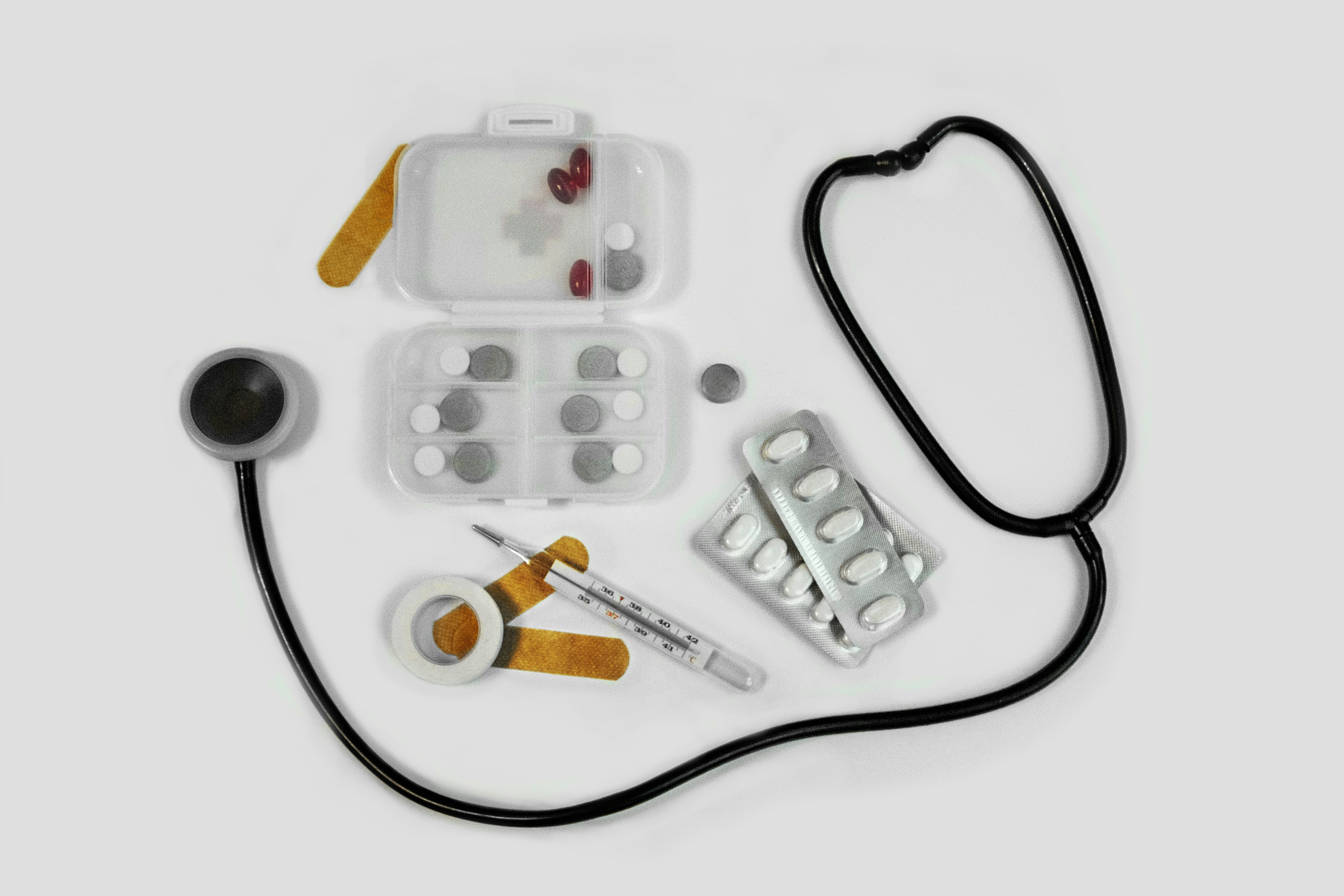Sinus infections, or sinusitis, are extremely common and often feel the same no matter what caused them. Both viral and bacterial sinus infections can lead to the same symptoms, making it difficult to tell one from the other without medical guidance.
Knowing the difference between viral sinus infections and bacterial matters because viral infections usually clear up on their own, while bacterial infections sometimes require antibiotics to prevent complications.
What Is a Sinus Infection?
A sinus infection occurs when the cavities around the nose, called the paranasal sinuses, become inflamed and swollen, preventing normal mucus drainage. This buildup causes pressure behind the eyes, cheeks, or forehead and can lead to nasal congestion, facial pain, fever, thick nasal discharge or postnasal drip, headache or tooth pain, and sometimes a sore throat and cough.
Doctors classify sinus infections by duration: acute (up to 4 weeks), subacute (4 to 12 weeks), chronic (longer than 12 weeks), or recurrent (several acute episodes per year with complete recovery in between).¹
How to Tell the Difference Between Viral and Bacterial Sinus Infections
Most sinus infections—about 90 percent—are viral, meaning they develop after a cold or upper respiratory infection. Only a small number become bacterial, usually when fluid builds up long enough to let bacteria multiply. While both types share similar symptoms, their causes, duration, and severity differ in ways that doctors use to guide treatment.²
Causes
Sinus infections occur when fluid becomes trapped in the sinus cavities, giving germs a place to grow. When this happens, viruses or bacteria that enter the sinuses can begin to multiply, leading to inflammation and infection. This buildup often follows a cold, allergies, or anything that causes the sinus passages to swell and block normal drainage.²
Risk Factors
Some people are more prone to sinus infections than others. Common risk factors include:²
- Seasonal or year-round allergies
- Chronic nasal congestion
- Structural issues such as a deviated septum or nasal polyps
- Frequent colds or upper respiratory infections
- A weakened immune system
Symptoms
Viral sinus infection symptoms and bacterial sinus infection symptoms are virtually the same. They both cause very similar symptoms, including nasal congestion, facial pressure or pain, headache, cough, bad breath, fatigue, and a reduced sense of smell or taste. Because both types of infections trigger inflammation in the same sinus tissues, their symptoms can overlap so closely that it’s often impossible to tell them apart without a doctor’s assessment.
It’s important to note that while colored nasal discharge is a symptom of a sinus infection in general, you cannot determine whether a sinus infection is viral or bacterial based on mucus color or appearance.¹,²
Duration
Duration is one of the key ways to tell the difference:²
- Viral sinus infections usually improve within 7–10 days.
- Bacterial sinus infections often last 10 days or longer without improvement, or symptoms may worsen again after seeming to get better.
Diagnosis
Doctors can usually diagnose sinus infections based on history and symptoms alone. A physical exam may include looking inside the nose for swelling or discharge and checking for tenderness over the sinuses. Imaging tests, such as a CT scan, are reserved for chronic or complicated cases, while cultures may be ordered if symptoms don’t respond to standard treatment.¹
Treatment
Most sinus infections—especially viral ones—get better with time and supportive care. Treatment focuses on relieving symptoms and keeping the nasal passages clear.
Supportive care may include:
- Saline nasal sprays or rinses to thin mucus
- Humidifiers or steam inhalation
- Pain relievers such as acetaminophen or ibuprofen
- Intranasal corticosteroid sprays to reduce inflammation
- Short-term use of decongestants for severe congestion
Antibiotics are only recommended for likely bacterial infections. Doctors generally consider antibiotics if symptoms last longer than 10 days without improvement, are severe for at least 3–4 days, or worsen after initial recovery. Most people improve within a few days of starting antibiotics if bacteria are the cause.²

How to Prevent Sinus Infections
While there is no guaranteed way to avoid a sinus infection, there are several ways to lower your risk:¹,²
- Manage allergies with prescribed medications or allergen avoidance.
- Wash your hands regularly to prevent viral spread.
- Avoid smoking or secondhand smoke.
- Use a humidifier in dry indoor environments.
- Treat nasal polyps or structural problems if they interfere with drainage.
- Get the vaccines your doctor recommends, like the flu vaccine.
When to See a Doctor
Most sinus infections resolve on their own, but you should contact a healthcare provider if:
- Symptoms last longer than 10 days without improvement.
- Symptoms improve, then worsen again.
- You have a high fever or severe facial pain.
These can be signs of a bacterial infection or a more serious complication requiring medical care.²
Get Fast Relief With Online Sinus Infection Treatment
If sinus pressure or nasal congestion is making it hard to get through the day, 24hrdoc can help. Our licensed providers are available online 24/7 to evaluate your symptoms, determine whether your infection is viral or bacterial, and prescribe appropriate treatment—all from home.
We can recommend safe, effective options to relieve nasal congestion, sinus pressure, and pain, and, when needed, prescribe antibiotics or other medications to speed your recovery. Get fast, professional online sinus infection treatment and start feeling relief today.
Sources:
- WebMD. What Is Sinusitis?.
- Medical News Today. Bacterial vs. viral sinus infection: Similarities and differences.




